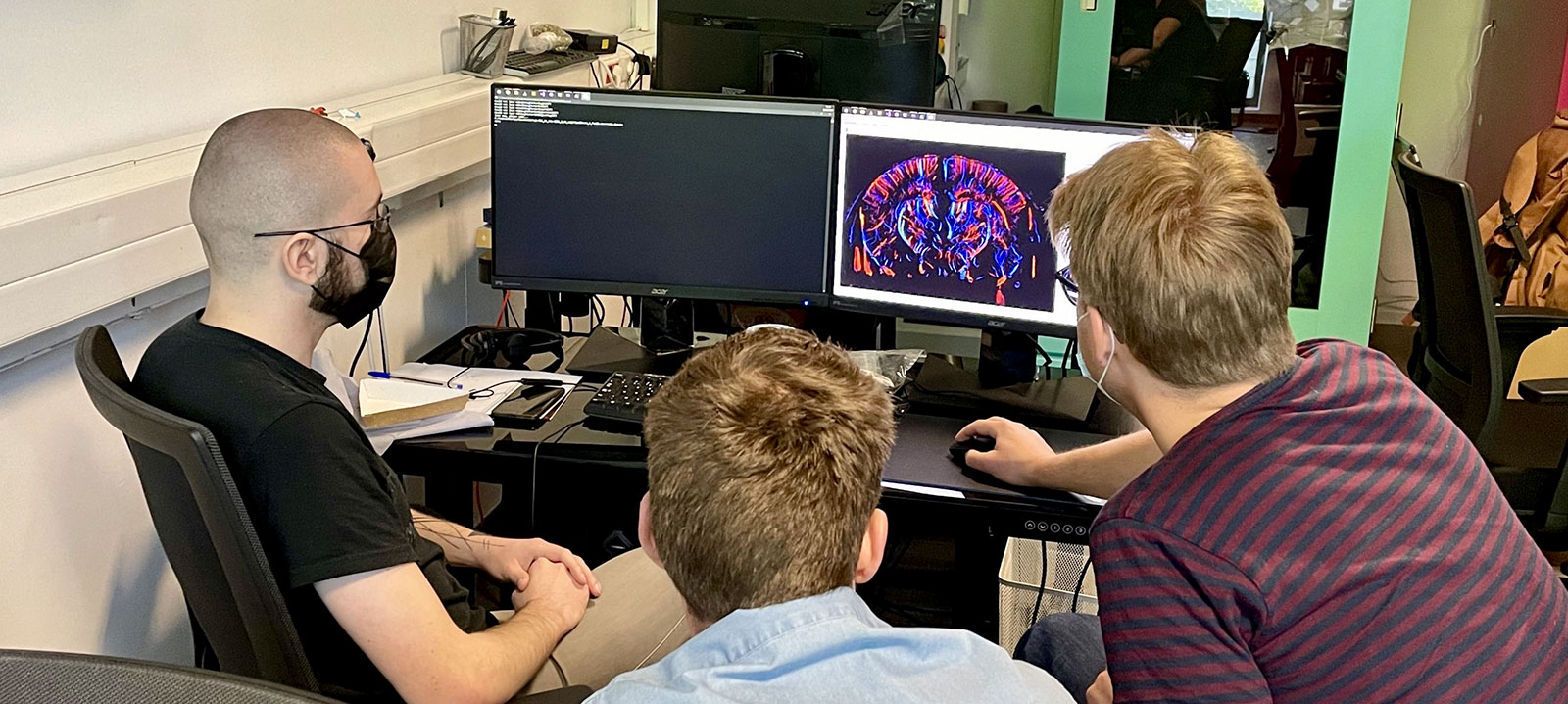What’s the current state of 3D fUS… and is 4D fUS round the corner? Read the views of two fUS experts, Prof. Mickael Tanter and Dr. Bruno Osmanski.

When we launched Iconeus One commercially in early 2020, brain imaging was limited to a single 2D plane, and we quickly moved to offer 3D imaging too. But what about the potential to add the time dimension to such 3D imaging, and provide a ‘4D’ imaging solution? That concept is less straightforward, and although we’ve been working on 4D prototypes, they’re not quite ready yet!
To learn more about the considerations needed to achieve optimum performance for 3D and 4D imaging, read the opinions of two fUS experts from academia and industry – Prof. Mickael Tanter, the inventor and pioneer of fUS technology, and Dr Bruno Osmanski, the CTO of Iconeus.



